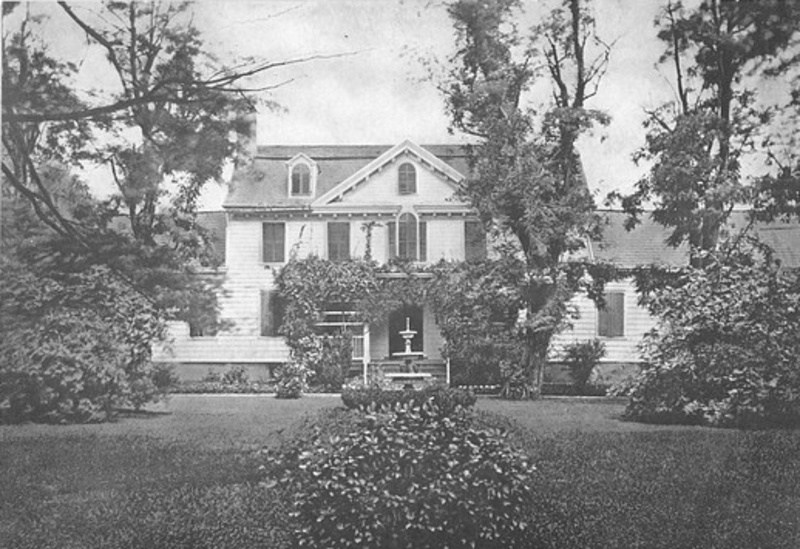10. Melrose Hall, Prospect Lefferts Gardens

Melrose Hall was a pre-Revolution home built near what is now Bedford Avenue, between Winthrop Street and Clarkson Avenue. The home is filled with ghost stories and legends. Built for an English settler, it was later owned by British Colonel William Axtell. Legend says that Axtell kept rebel soldiers in a secret dungeon prison and that those soldiers haunted the house. During Axtell’s time at the house, it was known as a place of wild parties, taking full advantage of the home’s large ballroom. After the war and Axtell’s residency, the home was acquired by the Mowatt family.
Mrs. Anna Cora Mowatt is the one who gave the home its name Melrose, for the beautiful rose bushes that grew on the property. The Mowatts only lived at Melrose for five years. In the 1880s the home was under the ownership of Dr. Homer Bartlett. Bartlett tore down all the extraneous wings and kept solely the central main house. He also started to sell off pieces of the land for development. When Bartlett died, the house was purchased by William Brown. An avid horticulturist, he purchased the property for its grounds. He built many greenhouses and conservatories and used the main house to host charitable functions, while he lived in another mansion nearby. After Brown, the house fell into disrepair and was vandalized by kids who explored its empty rooms searching for ghosts. It was sold to a developer in 1903 and demolished. The 19th-century rowhouses which stand on the former site of the hall have since become part of a designated historic district.
Next, check out some mansions that still exist! 10 Gold Coast Mansions of Long Island and A guide to Victorian Flatbush





